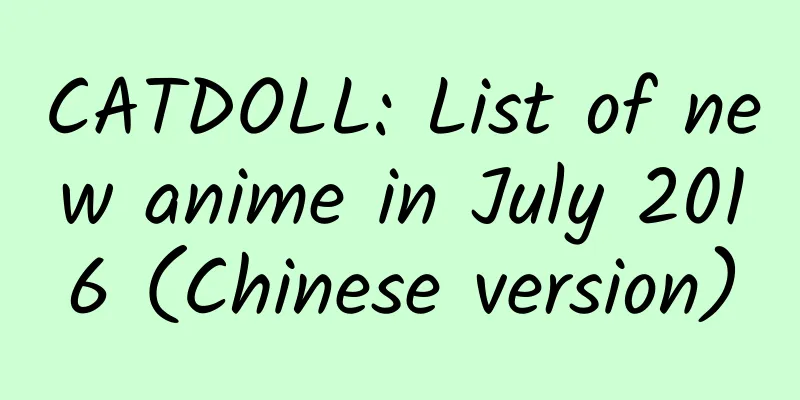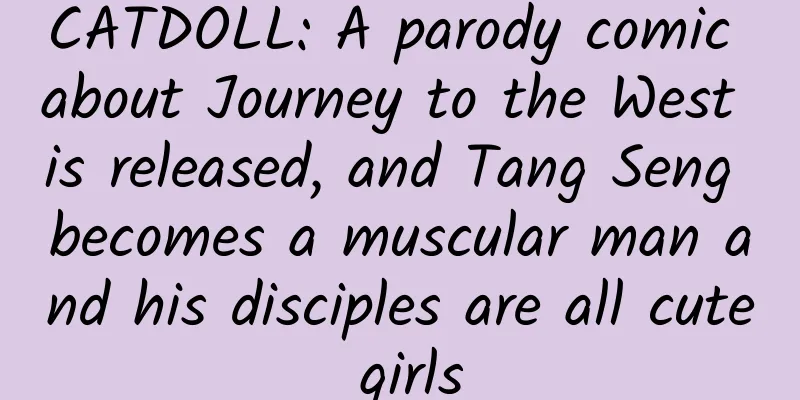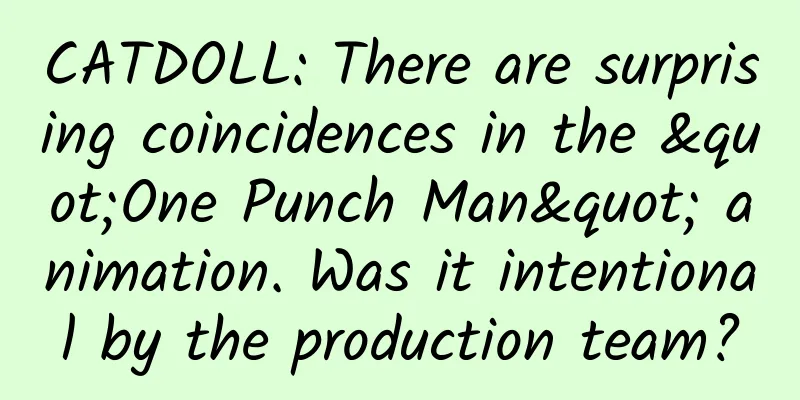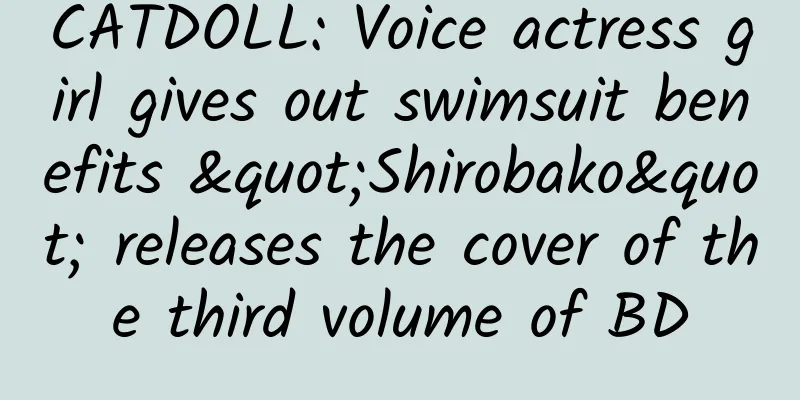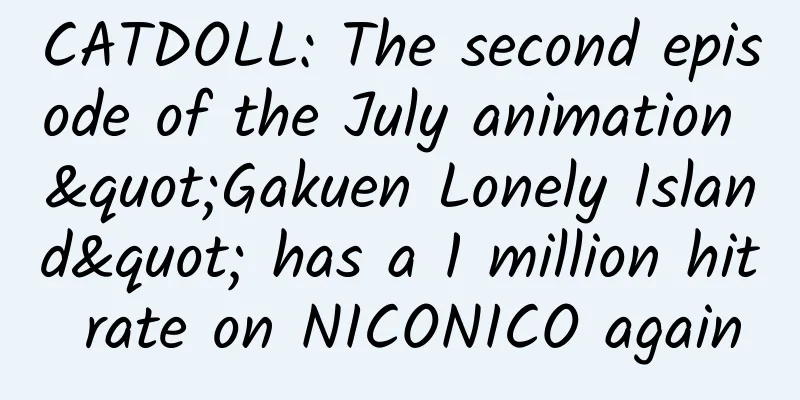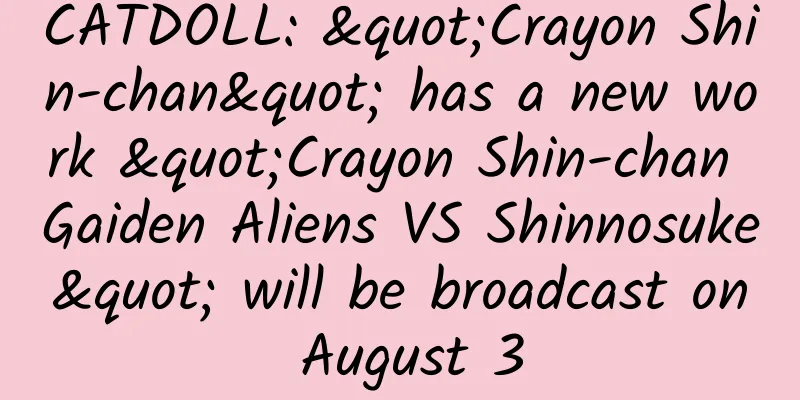CATDOLL: Japanese industry insiders: The Chinese may destroy the Japanese animation industry

|
In recent years, the Japanese animation industry has paid more and more attention to global promotion, and has also cooperated more and more with neighboring countries, especially China. Now the Japanese animation industry is not only going abroad, but also importing more. Recently, the news that "Once Upon a Time There Was a Spirit Sword Mountain" was produced by a Sino-Japanese joint venture has attracted widespread attention in Japan. However, a well-known Japanese animator Fukudano Ryuki said: "The Chinese may ruin Japanese animation." Currently, the unit price for animators to draw an original painting is about 4,000 yen, but compared with the past, the unit price of TV animation original painting work exceeding 5,000 yen is gradually increasing. What we should pay attention to is that in this case, the sponsor is often from "China". When JAniCA was founded 10 years ago, the then head Toyo Ashida once said: "The salary of Japanese animators is too low. At this price, even East Asian countries with lower average incomes can easily hire Japanese animators." In this sense, it is natural that "more and more employers of Japanese animators are becoming Chinese" today. At that time, this concept was recognized by animators and production staff over 40 years old, but most people still believed that "there is no need to worry about such problems for at least 20 years." However, only 10 years later, we have seen such a reality. As a result, Ashida's prediction has become more and more true. At that time, I thought, "There's nothing wrong with this. After all, whoever pays more is the righteous one." And I didn't mean to say that. I really thought so. After all, the reason I became an animator was, "I was influenced by many works, and I also want to make such influential works." Therefore, it didn't matter whether the Japanese funded it or not. If the animations made in China are interesting and some works have caused a craze in Japan, then working for the Chinese is also feasible. However, many people in China have the idea that "If you want to work for the Chinese, sorry, you should find someone else." As Mr. Ashida's prediction gradually comes true, it can also be seen from how the Japanese animation industry looks down on domestic animators. The reason why there is a theory that "Chinese animation is difficult to gain popularity worldwide" is mainly because "producers cannot produce world-class works and scripts under strict control." However, if it is not targeted at China from the beginning, and it is not considered to be broadcast in China, and only money is paid to arrange a Japanese production team to produce "Chinese animation", then who can say that this is impossible? In fact, among the Chinese works we have received, some of them make me feel that they have the potential to become popular all over the world. Even if the production is entirely done by Japanese, if the relevant rights are controlled by Chinese, then all the profits will belong to Chinese, which will lead to the decline of Japan's national strength. This kind of thing is actually not shocking. Sadly, we have to face the fact that Chinese investors can easily offer higher salaries than domestic ones. Such high investments may have an impact on animators. Even if this situation can increase the income of Japanese animators, it is not something that can be ignored or complacent. And due to the depreciation of the yen, there will be a situation where foreign investors will offer several times more than domestic ones in the future. I recently saw in the news that "Japan has invested in cultivating overseas creative talents." Many people have expressed their opinions on this, but specifically, the measures are "cultivating staff who adapt to local culture and voice actors who can speak the local language, which is different from cultivating domestic animators." It sounds like a relief, but because of this opportunity, our country may also participate in the work of cultivating animators in the Asian circle. As a result, Japan, once the leading country in animation production, has to face the situation of gradually losing its advantage. In addition, the development of CG technology and the reduction of costs are putting pressure on hand-drawn animators. Even I, who have always been optimistic, feel a little uneasy about this. I have to keep thinking about how to deal with it and face it with a positive attitude. (The author is the famous animator Fukudano Ryuki |
<<: CATDOLL: "MUV-LUV Death Black Label" announces the production team and voice actors
Recommend
CATDOLL: Marvel's president revealed: Captain America is actually an undercover agent of Hydra
Recently, Marvel Senior Vice President Tom Brevoo...
CATDOLL: Introduction to the new series "Blood Type Season 2" in January 2015
This is a web comic serialized by Korean art teac...
CATDOLL: "Erotic Manga Teacher" voice actor addition will be broadcast in April 2017
The voice actors for the new anime "Erotic M...
CATDOLL: Anime Starry Sky Evening News: The live-action version of "Gintama" has been filmed and the first PV of "Battle Through the Heavens" has been released
The preview of the 5th chapter of the manga "...
CATDOLL: The animation "Dragon Ball: Super" has another serious crash. You said this is Son Gohan?
The latest TV animation "Dragon Ball: Super&...
CATDOLL: "Prison School" TV series will be broadcast late at night in October. Director Iguchi Noboru is a good man.
The new July anime "Prison School" is a...
CATDOLL: The comic "Devil Chic×Hack" launches a single volume of devils and humans falling in love
The latest work "Devil Chic×Hack", whic...
CATDOLL: The second PV of the new show "Miss Kobayashi's Sister Doulong" in January 2017 is released
Another work by Kuru Kyoushin, the author of the ...
CATDOLL: Japanese media survey: Do you prefer anime protagonists who cheat or fight hard to level up?
In Japanese hot-blooded anime, the growth experie...
CATDOLL: Daisuke Namikawa posts mysterious tweet, and people express their incomprehension
Daisuke Namikawa, who is always good at making jo...
CATDOLL: Youku Tudou Animation Strategy Conference: You can’t make me give up spending money!
This afternoon, several pieces of news were annou...
CATDOLL: Europe's most expensive animated film "A Bug's Life" won the Golden Monkey Award for Animation
On the evening of April 28, the winners of the 11...
CATDOLL: The first cast of the live-action movie version of the comic adaptation "Lychee☆Hi-Kuro Club"
The movie "Lychee☆Hi-Ku Club" is set in...
CATDOLL: July new show "Magical Girl Illya" Season 3 character design pictures released
The third season of the animation "Magical G...
CATDOLL: "Gintama" Chapter 597 "The Second Chapter of the Natural Volume Returns" Picture and Text Information
The information of Gintama Chapter 597 has finall...
